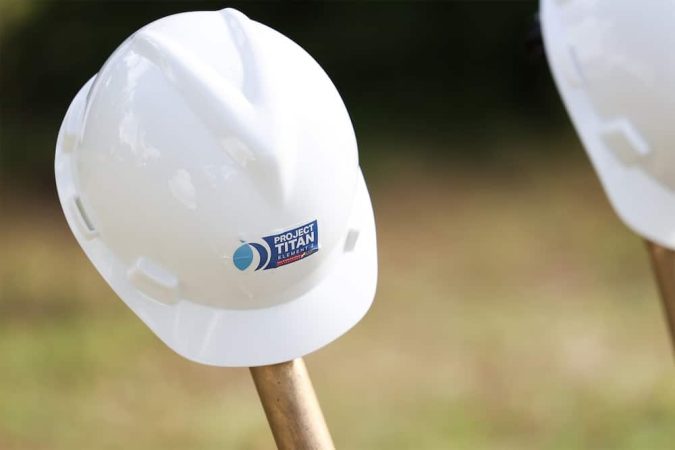
ST Chief Integration Officer Bill Hafner appeared on “Real News with Rick Outzen” this morning. We discussed his company’s workforce needs in Pensacola and the plight of the Chilean workers.
“”ST is a well-established global organization, but the Pensacola operation is relatively new,” Hafner said. “Hanger One is up, and Hanger Two is up. Hangar Three is about to come into reality. We’ve got the site work prepared, and we’ll be doing deep foundations here probably in late September.”
- He continued, “Right now, we have approximately a little over 400 people working in the facility. The overall headcount, when we’re complete, we’ll be over 1700, about 1,735 projected. I suspect it’ll go beyond that a bit.”
Hafner said ST understood it would take time to build a pipeline of qualified workers. “The core of our workforce is aircraft mechanics among many other trades which support that, and everything from logistics to management personnel to material staff and planning and quality teams.”
- He cited the George Stone Technical College and the future A&P (Airframe and Power Plant) mechanics academy at Pensacola State Colleges as feeders to the pipeline.
For the past two months, ST’s lay-off of Chilean workers has been in the news.
“The Chilean workers, they’re a very, very talented group of workers,” Hafner said. “We were able to attract those to come in and help fill the shortages while we built that pipeline. Unfortunately, they’re in the country on a temporary visa. It’s a work visa, and some of those visas have come to their expiration date.”
- He continued, “It’s, like I said, very unfortunate, but those are something that needs to be approved by the U.S. government. There are regular renewals required for them. They’re never guaranteed, and so what we’re doing now is we’re evaluating each of those individual circumstances to see what we can do to assist them in coming back to a VT (VTMAE, a subsidiary of ST Engineering) to fill these positions and fill the time when we are able to get that pipeline fully fleshed out.”
What is being done to help the workers? Hafner said HR is has a “pretty good” program set up to help them.
“I think, as an organization, accept that we probably didn’t communicate as well as we should have,” he said. “In meeting with the mayor and others on his staff, we’ve come to realize that we need to be a little more out front with that and be a little more clear about what our intentions and plans are, and I think we’re working towards that.”
- Hafner continued, “We’re doing a lot more. We’re working on developing outreach programs and being able to communicate more with the community, but I think everybody on our side regrets the challenges and the issues causing these individuals and their families.”
How are the workers being helped? “We’re providing assistance to them—return airfare for them and their families back to Chile if they wish to return. And we’ve reached out to them, and we are making an application through the Department of Labor. We’ll be looking at bringing them back under a new work visa.”
Hafners said, “Again, these visas are temporary, as I said, but I still think we can do something to help them come back, and, of course, they can help us fill that gap until we can get more of the local citizenry into the workforce.
“In the meantime, of course, as they return home, the company’s extending an offer to them that will keep them on the payroll. and we’ll pay for the return travel as well, should these visas go through the approval process.”



